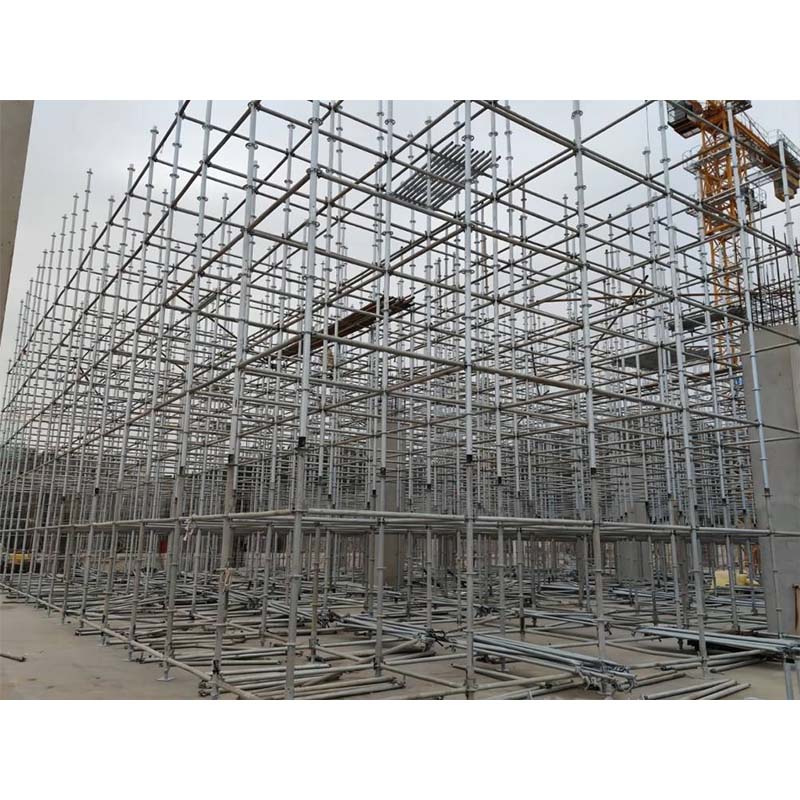Sep . 08, 2024 15:01 Back to list
steel prop
Exploring Steel Prop An Essential Component in Construction
Steel props have become an indispensable element in the construction industry, providing structural support and stability to a wide range of building projects. As construction techniques have advanced, so too has the use of materials, and steel props are at the forefront of these innovations. This article will delve into the nature of steel props, their advantages, applications, and best practices for using them effectively.
What are Steel Props?
Steel props, often referred to as shoring props or vertical props, are temporary supports used to hold up slabs, ceilings, and other horizontal structural elements during the construction or renovation of buildings. Made primarily from high-strength steel, these props are designed to withstand significant loads while maintaining stability throughout the construction process. They can be adjusted in length to fit various heights, making them incredibly versatile.
Advantages of Steel Props
One of the primary benefits of using steel props is their strength. Unlike wooden props, which may bow or break under pressure, steel props provide consistent performance even under heavy loads. Their durability also ensures that they can be reused multiple times, making them a cost-effective solution over the long term. Additionally, steel props are less susceptible to environmental factors such as moisture and pests, which can compromise the integrity of wooden supports.
Another significant advantage is the ease of installation. Steel props come with pre-manufactured components that can be assembled quickly on-site, reducing labor costs and project timelines. They often feature a locking mechanism that ensures stability once adjusted, providing peace of mind for construction teams and project managers.
Applications of Steel Props
steel prop

Steel props are utilized in a variety of construction scenarios. They are particularly useful in reinforced concrete structures during the pouring and curing stages, ensuring that horizontal elements remain level and supported until the concrete gains sufficient strength. In addition, steel props find applications in repairing existing structures, providing temporary support while renovations or reinforcements are underway.
Moreover, steel props are essential in basement constructions and the installation of large precast elements, where maintaining alignment and stability is critical. Their versatility makes them suitable for both residential and commercial projects, with some manufacturers offering customizations to meet specific project requirements.
Best Practices for Using Steel Props
To maximize the benefits of steel props, certain best practices should be followed. Proper training and certification of construction workers are crucial to ensuring safe handling and installation. Regular inspections should be conducted to check for any signs of wear or damage, as safety is paramount in construction environments.
It is also essential to calculate the load requirements accurately when selecting steel props, as using inadequate supports could lead to catastrophic failures. Consulting with structural engineers during the planning phase can help determine the most effective use of steel props within a project.
Conclusion
In summary, steel props play a vital role in the construction industry, offering strength, versatility, and reliability. As the industry continues to evolve, the importance of using high-quality materials like steel props will only increase. By adhering to best practices and emphasizing safety, construction professionals can ensure that their projects are completed successfully, paving the way for a more robust and enduring built environment.
-
High-Quality U Head Jack Scaffolding – Reliable Scaffolding Jack Head Manufacturer & Factory
NewsJul.08,2025
-
High-Quality I Beam H20 Leading Timber Beam H20 Material Factory, Exporters & Manufacturers
NewsJul.08,2025
-
High-Quality Powder Coating Steel Formwork - Durable & Corrosion Resistant Solutions
NewsJul.07,2025
-
Inclined Column Formwork Supplier – Durable & Precise Solutions for Unique Structures
NewsJul.07,2025
-
High-Quality Water Stop Solutions Trusted Water Stop Company & Suppliers
NewsJul.07,2025
-
High-Quality Formwork Material Supplier Reliable Manufacturer & Factory Solutions
NewsJul.06,2025